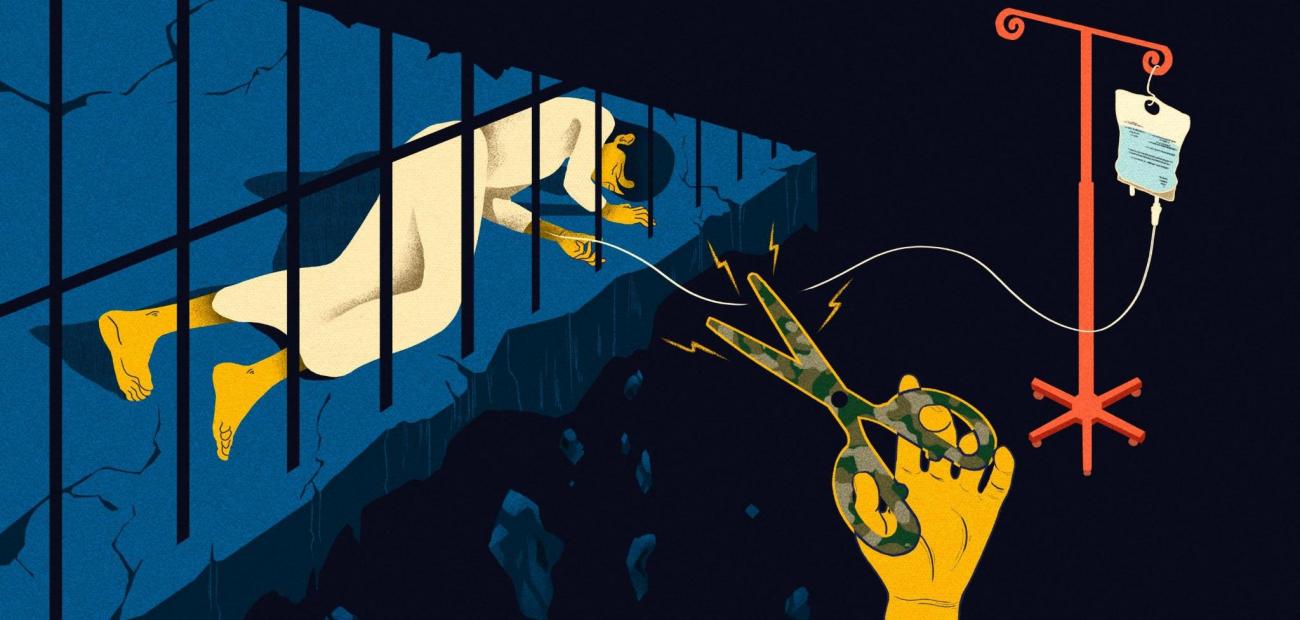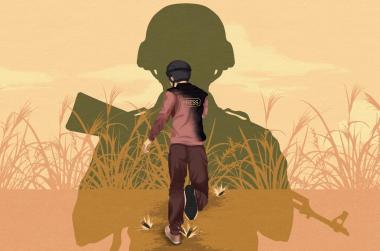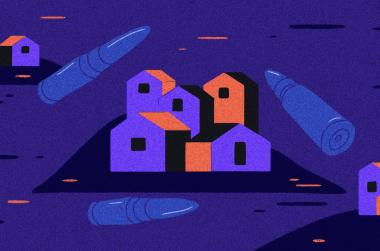The author is a journalist from Yangon who was jailed for reporting on the military’s abuses after the 2021. They are receiving support from The Kite Tales to write these diaries.
Editor: Insein prison, built on the theory of the panopticon that aims to allow a single guard to see all prisoners, is Myanmar’s most notorious prison and according to the BBC, “one of the more sinister legacies of British colonial rule in Myanmar”.
++++++++++++++++++++++++++++++++++++++
Recently, I heard that a young political prisoner suddenly died of a heart attack in Insein prison. The young man was 21 years old and had no previous illnesses. He developed a heart disease while incarcerated and passed away in the prison hospital, according to people close to his family.
I was saddened by the news of his death. I was also reminded of the poor health conditions in Myanmar’s prisons and the lack of medicine during my own imprisonment.
In August 2021, just as the whole country was struggling under the third wave of Covid-19, the virus tore through the political prisoners in Insein.
Word went around that a woman had died of Covid-19 in the prison, and our suspicions fell on lack of medicine and insufficient nutrition.
“That aunty had a raging fever at night, so she was taken to the hospital,” I recall one inmate telling me at the time.
“In the morning, we were told she had died.”
During the 15 months I was in Insein, I witnessed and heard of the numerous instances of inadequate medicine and poor healthcare.
The most common diseases among female prisoners were allergies, gynaecological troubles, flu, headache, and stomach problems.
The hospital in Insein prison does not even have enough medicine such as ointments to treat the most common health problem - itchiness, probably scabies, caused by the poor living conditions in prison.
So those who suffer from severe itching are given a mixture of alcohol and the antiseptic Betadine to apply. Some of them ended up with skin burns due to the application of these liquids.
Those with less severe itching were given a small 10-gram tube of medicine called Pai Mico which you can apply to relieve the itch. Two prisoners have to share one bottle.
Even this anti-itch medication is only available when the hospital has higher stock levels in the first week of every month. If there is not enough medicine for common sores and itchiness, imagine what it would be like for those with other health problems.
It's not because the hospital doesn't have any medicine at all. Pills like white paracetamol, pink vitamins, B12 and B6, and unspecified yellow pills, were available and you can get them in enough quantities. Most of the pills were starting to fade in colour though, so you can imagine they might not be very fresh.
During my stay prison staff would often try to treat patients without letting them leave their cells, including if they needed an injection by waving the needle through the bars.
Prisoners had to pray to every deity that the needle can be easily inserted into the vein in one go. Most of the prisoners have to grit their teeth through at least two attempts.
People with chronic diseases had to depend on their families to get regular medicine, but even that takes grit and determination and multiple attempts.
If the families brought in common medicines such as paracetamol for flu, citrine for nasal congestion, and other stomach medicines that can be easily bought, they have to go through multiple checks. In the end, only one out of three packs might make it to the prisoners.
By all accounts nothing has improved.
Inmates had come up with a little saying to describe the condition of insufficient medical treatment in Insein and the lack of assistance from any organisations.
“Go to the clinic once... You’ll be hungry for both breakfast and lunch.
Dizzy? Headache? Stomach ache?… Whatever the problem, we will inject (pain-relieving) dyclo.”
Artwork by Songbird who is receiving support by The Kite Tales to produce illustrations.





